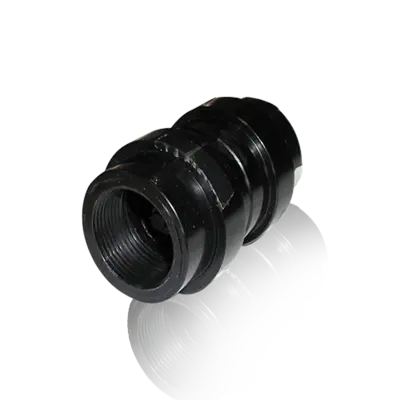Brass Check Valve
The advantages of using a Brass Check Valve are many. They are durable, inexpensive, and easy to install. You can find several different varieties, including swinging, ball, lift, and metal. Here is some information on each type. Keep reading to find the best one for your application. Also, make sure to learn about their maintenance and benefits. You'll be glad you did once you know the basics. Afterwards, you can get a quote for a Brass Check Valve from a local plumbing supply store.
Swing check valve
A swing check valve is a type of flow control valve that allows forward flow. A spring is incorporated into the design of a swing check valve that helps the flapper to swing off the valve seat prior to reversing flow. Its spring is one of the most popular types of flow control valves. This type of valve is typically more expensive than other types of check valves, and it may not be suitable for your existing piping configuration.
Brass swing check valves are available in a variety of materials, and the NBR seat helps reduce noise while operating. They are suitable for air, liquid, and inert gas applications. A brass swing check valve can withstand pressures up to 16 BAR. The most common materials used to manufacture swing check valves include brass, stainless steel, plastic, and NBR. A brass swing check valve is made of lead-free brass, so it is a good option for systems with high-cost components.
Ball check valve
A brass ball check valve uses a spring-loaded, movable disc as the closing member. The spring moves the ball toward the seat when reverse flow occurs. The interior surface of the main seat is conically tapered, guiding the ball into the seat and forming a positive seal when reverse flow is stopped. This type of valve is most commonly used domestically. But the name may sound intimidating. Here's an overview of this type of valve.
A check valve works by preventing backflow in piping systems. It has two openings on the valve body: the inlet port and the exit port. It prevents backflow in a single direction and is available in various sizes. The ZNF Series check valve prevents reverse flow. Its name suggests that it's designed for a specific cracking pressure. Its sizes are usually ranging from 1/4" to 4".
Lift check valve
A lift check valve is a type of valve that raises a disk or ball through upward flow pressure. These valves are generally installed in horizontal or vertical pipe-lines. They require an upward flow in order to raise the ball and piston above the seat. When backflow reaches the valve, the disc forces the ball into the seat. This prevents backwash. The lift check valve is a useful valve in a variety of applications.
The lift check valve is similar to a globe valve in design. Its internal baffle divides the compartment into two halves. In the middle of this sphere, a conical or disc-like plug forms the seal. The plug is fixed to a dowel that attaches to the downstream wall. Once the valve is closed, backflow is prevented. However, backflow can still occur if the valve is not properly closed.
Metal check valve
A brass check valve is a type of safety valve used to prevent backflow of compatible fluids. Its size ranges from 1/4" to 4", and its alloying elements include carbon and chromium. These two alloying elements give brass check valve its distinct properties. The result is a highly durable valve that offers good performance in a variety of industrial and commercial settings. Here are some of the most common uses for brass check valves.
Pumped systems force water from a lower level to a higher one. The fluid flows one way while the pump is operating, but when it stops, it will reverse. This is the reason why a check valve is necessary: if it closes prematurely, the fluid will flow back down the pipeline and cause water hammer. The hammering noise is not the valve closing - it's the pipeline stretching.


 英语
英语 中文简体
中文简体 德语
德语 西班牙语
西班牙语